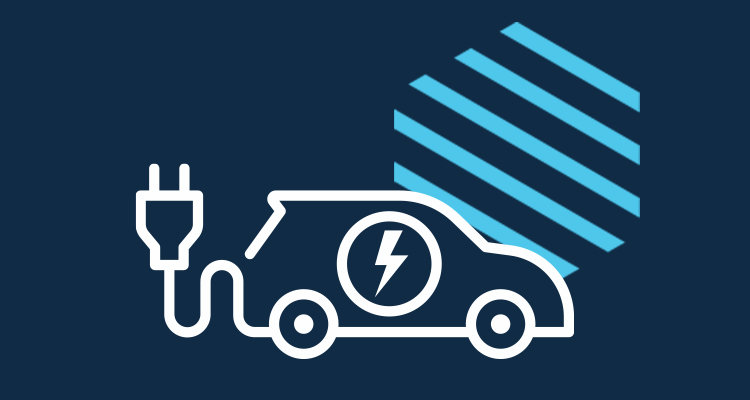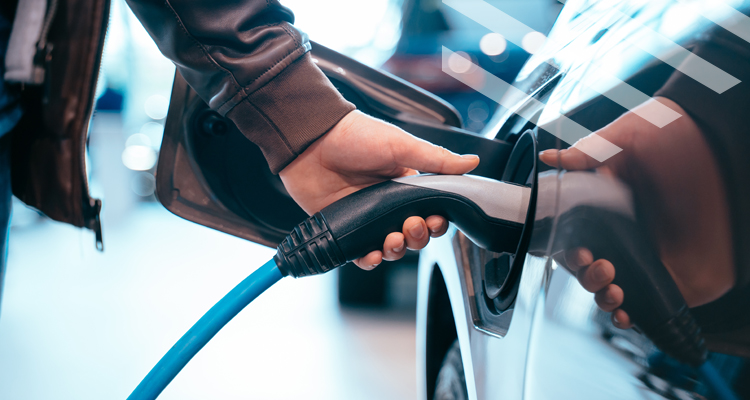
The Australian Government is committing $2.1 billion for low emission vehicle and future fuel technologies to help accelerate EV adoption.1 And while interest in EVs is gaining momentum, uptake has been slow so far. Most Australian fleets are still in the early stage of EV transition. Even with the best of intentions, uptake in Australia is falling behind other developed countries.2 Moving to 100% EVs straight away is just not possible in the current environment for three key reasons we cover below.
A mismatch between supply and demand
Fleet managers in Australia are eager to start their EV journey and will find a supply chain that isn’t yet fit for purpose. Research published by the Australasian Fleet Management Association (AFMA) reported that over a third (34%) of fleet owners cited limited choice as a barrier to adoption.3 In particular, the availability of suitable light commercial vehicle (LCV) options is cited as a key trigger to increased adoption for fleet owners in Australia.
Volkswagen, which is on track to become the world's largest EV maker, sold 212,000 EVs worldwide in 2020 but zero vehicles in Australia.4 Not because we aren’t ready for EVs, but because there were none for sale. Until the issue of supply is ironed out, availability will continue to be a barrier to EV uptake in Australia.
According to the Electric Vehicle Council, by the end of 2022 Australians will have access to 27 additional EV models, with a predicted 20 battery EVs and seven plug-in hybrid vehicles entering the market.5
A price point that is out of reach
As it stands today, the average price of EVs in Australia is out of reach for many fleets. A study by the Electric Vehicle Council has found that Australia has far fewer EVs in the affordable ($30,000 to $60,000) range than other markets.6 When around half of the EVs sold in Australia in 2020 were Teslas – at a much higher price tag that ranges between $73,000 to $144,0007 – we still have quite a road to travel before EVs become an affordable option for most fleets.
The good news is, there are signs of falling prices, with a growing number of Australians making an EV their car of choice. Numbers published by the Electric Vehicle Council show a 26% increase in sales of battery electric and plug-in hybrid vehicles in the first six months of 2021, compared to the whole of 2020.8 By 2030, battery electric and plug-in hybrid electric vehicles are projected to make up 30% of new light vehicle sales.9
Charging infrastructure
For almost half (45%) of fleet owners in Australia, the cost of setting up charging infrastructure is a big barrier to EV adoption.10 While public fast charging is critical to support EV uptake in Australia, the geography of our country and immaturity of public charging infrastructure means that most charging will continue to occur at home.11
As more options for charging stations come on the market and digital solutions to support charging logistics become available, organisations may need to consider charging needs for pool fleets and driver assigned vehicles and whether to rely on third party charging infrastructure or invest in their own.
Some of these considerations will include:
- Matching the right charging stations to vehicles
- Charge speed and vehicle type
- The optimum ratio of vehicle and charge points
- The provision of at-home chargers
Slow and steady wins the race
Tackling the complexities of transitioning to EVs doesn’t have to happen overnight. Nor does it have to be an all or nothing approach. For many fleet managers, a feasible transition might be taking some smaller steps first as a ‘test and learn’ to get one step closer to a full EV rollout.
In our discussion guide A roadmap for the transition to EVs, we share some ideas on how fleet managers might get moving. For most fleets, the transition to EVs will be a marathon and not a sprint. The important part is taking that first step.
Download the Interleasing EV discussion guide here.
1. https://www.industry.gov.au/sites/default/files/November%202021/document/future-fuels-and-vehicles-strategy.pdf
2. https://www.abc.net.au/news/science/2021-04-20/australians-want-to-buy-electric-cars-what-is-stopping-us/100071550
3. Research published by the Australasian Fleet Management Association (AFMA), Oct 2020
4. https://www.abc.net.au/news/science/2021-04-20/australians-want-to-buy-electric-cars-what-is-stopping-us/100071550
5. Electric Vehicle Council, State of Electric Vehicles August 2021
6. Electric Vehicle Council, State of Electric Vehicles August 2020
7. https://www.abc.net.au/news/science/2021-04-20/australians-want-to-buy-electric-cars-what-is-stopping-us/100071550
8. https://www.industry.gov.au/sites/default/files/November%202021/document/future-fuels-and-vehicles-strategy.pdf
9. https://www.industry.gov.au/sites/default/files/November%202021/document/future-fuels-and-vehicles-strategy.pdf
10. Research published by the Australasian Fleet Management Association (AFMA), Oct 2020
11. Electric Vehicle Council, State of Electric Vehicles August 2020


